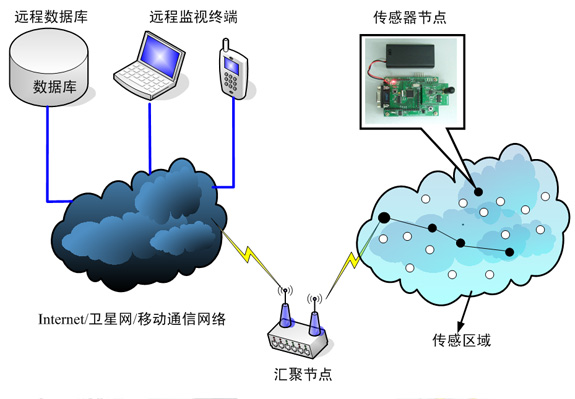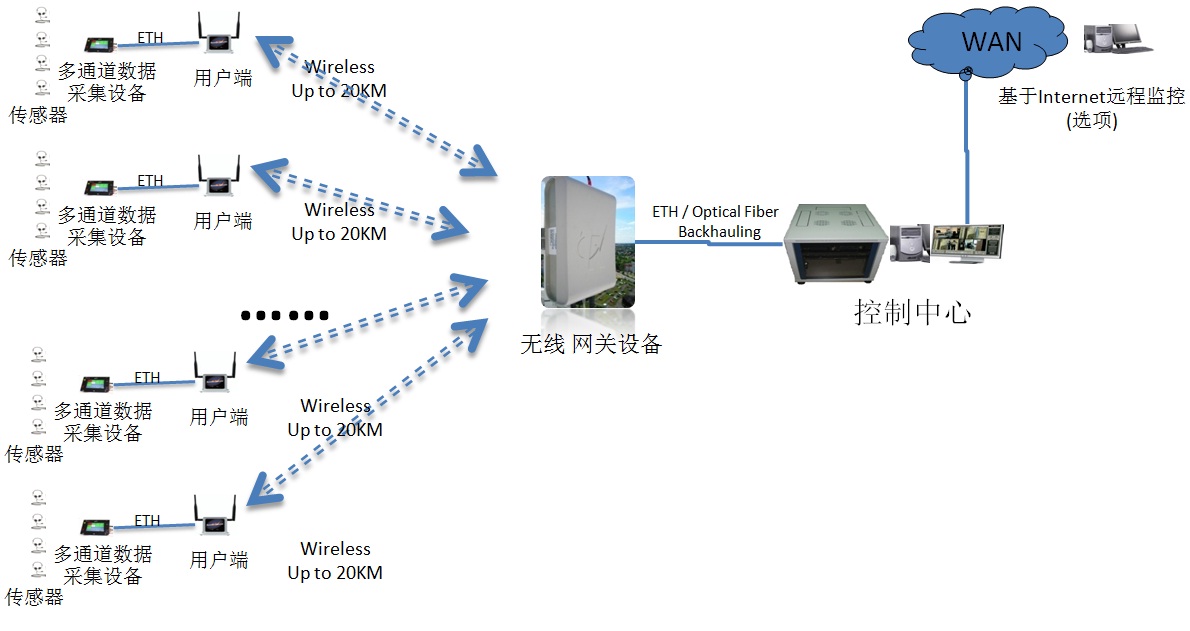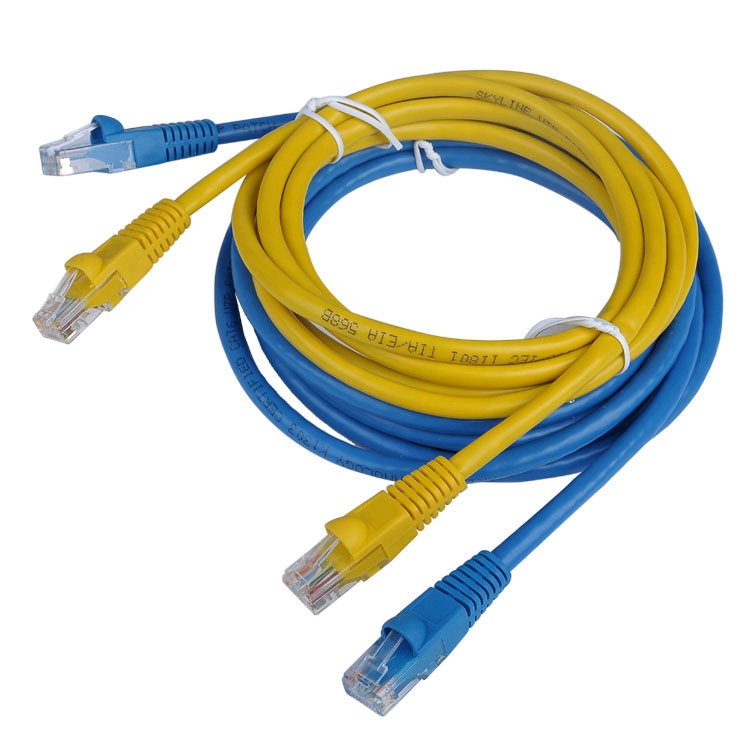Z-Wave technology is a short-range wireless personal area network technology. It also adopts self-organizing network design and focuses on the field of smart home control. It is a technology that is suitable for manufacturers to develop smart home modules. Z-Wave is a wireless networking standard led by the Danish company Zensys-Hand. At the same time, the Z-Wave Alliance was established. The members of the alliance are all manufacturers that have existing products in the field of smart homes. The alliance currently has more than 1,601 employees. , Internationally renowned companies, the scope of the basic coverage of various countries and regions around the world. In particular, the addition of international giants Cisco and Intel also strengthened Z-Wave’s position in the home automation field. In terms of market share, Z-Wave has a high penetration rate in Europe and the United States. Famous manufacturers include Wintop. Leviton and Contr014. Z-Wave is an emerging radio frequency-based, low-cost, low-power, high-reliability, short-range wireless communication technology suitable for networks. The operating frequency band is 868.42MHz (Europe) -908.42MHz (United States), adopts FSK (BFSK/GFSK) modulation method, and the data transmission rate is 9.6Kbit/s (There is also a 40Kbit/s suitable for slightly higher transmission, and if it is suitable for water transmission, it will be an umbrella. The effective coverage of the loss is 30m in the room and more than 100m in the outdoor, which is suitable for narrow bandwidth applications.As the communication distance increases, the complexity, power consumption and system cost of the equipment are increasing. With various wireless communication technologies, Z-Wave technology will be the lowest-power and lowest-cost technology that will effectively promote low-rate wireless personal area networks. Z-Wave technology is designed for residential, lighting commercial control, and status reading applications such as meter reading, lighting and appliance control, heating, ventilation and air conditioning (HVAC), access control, security, and Fire detection and so on. Z-Wave can convert any independent device into an intelligent network device, enabling control and wireless monitoring. Z-Wave technology was originally designed in the wireless control of smart homes. With the transmission of small data format, the transmission rate of 40Kbit/s is enough to deal with, and even use the transmission rate of 9.6Kbit/s early. Compared with other wireless technologies of the same kind, it has a relatively low transmission frequency, a relatively long transmission distance, and a certain price advantage. Z-Wave technology is specifically designed for narrow-band applications and uses innovative software solutions to replace costly hardware, so it takes a fraction of the cost of other similar technologies to build high-quality wireless networks. The Z-Wave design can be easily embedded in consumer electronics, including battery-powered devices such as remote controls, smoke alarms, and security sensors. Z-Wave is currently supported by more than 200 manufacturers worldwide and is widely seen in consumer electronics in the United States and Europe. The standard itself is not public and is limited to non-disclosure agreements with Zensys' customers. Z-Wave is a Mesh network (mesh network) technology. Each node or device on the network can send and receive control commands. It can bypass family barriers or reach wireless coverage areas through intermediate nodes. Z-Wave's devices can be separate or grouped and can be divided into scenarios or events that trigger multiple devices, either automatically or through remote control programming. Some common Z-Wave applications include the following. (1) Remote control. Z-Wave's home appliances, such as lighting, climate, and security systems, can be controlled and monitored via remote controls. Control can be applied to a single device or group of devices, in a separate room area or throughout the home. Z-Wave's devices can also monitor and control the gateway from outside the home through broadband Internet access and control the device. For example, the Z-Wave thermostat, which can accept the Z-Wave's daylight sensor's commands to automatically raise or lower the temperature, ensures that the entire home system, such as lighting, home appliances, and home entertainment systems, minimizes unnecessary energy consumption. (2) Security system. The Z-Wave system can transmit commands based on real-time status, and can group control devices to achieve home security. For example, a door lock with Z-Wave function can activate the security system. When the child comes home from school, the system will automatically turn on the light and send a sword to the parent's personal computer (PC) or mobile phone notification through the Internet. Garage doors with Z-Wave feature are open to trigger external and internal home lights. (3) Home entertainment . The Z-Wave system has the ability to direct multiple devices for a unified event, making it ideal for home audio and video applications. For example, a play command on a DVD remote can open the required components, set them to the correct input, pull down the curtains, and dim the room lights. Z-Wave's RF technology is also well suited for the evolution of traditional remote control of infrared appliances because it is not limited by the line-of-sight and distance limitations of infrared light. For more information on background music control systems and smart home theater product prices , click here! Fire Resistant Network Cable is the most commonly used twisted-pair cable flame retardant grade, its test standard is UL 1581.
If you burn it, you release a lot of heat.According to the code of construction for integrated wiring, twisted pair wires shall be laid through metal pipes and behind metal Bridges in floors, ceilings and walls.In this case, the use of ordinary twisted-pair wire can be installed in any situation without concern for smoke and toxicity.
Fire Resistant Electrical Wire,Fire Resistant Network Cable,Fire Resistant Cat6 Cable,Fire Resistant Electrical Cable Shenzhen Kingwire Electronics Co., Ltd. , https://www.kingwires.com


So the CM level cable fire characteristic is as follows: not spontaneous combustion; In the flame will smoke, and may appear flame; The speed of flame spread along the cable is very slow; When the external fire source is cut off, the fire on the cable will gradually go out.
CM class cables do not take into account smoke density and toxicity (no mention of smoke density and toxicity in UL 1581) as long as they meet flame retardant rating requirements.Cm-level cables are mostly horizontal twisted-pair and are used in wiring subsystems.The sheath layer of CM class cable is mostly PVC material, while the insulation layer is high-density PE material.The advantage is that it is cheap, while the disadvantage is that the ignition point is low, the normal operating temperature is below 70℃, when the temperature reaches 160℃ or higher, THE PVC material will emit toxic halogen and smoke.
